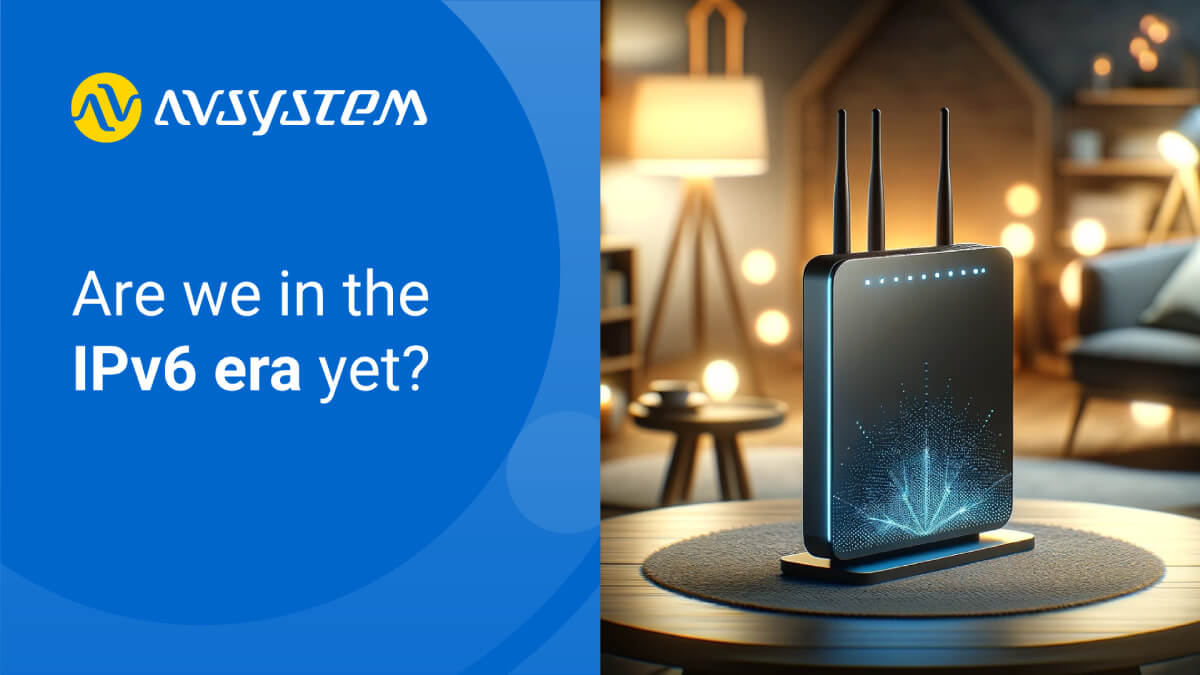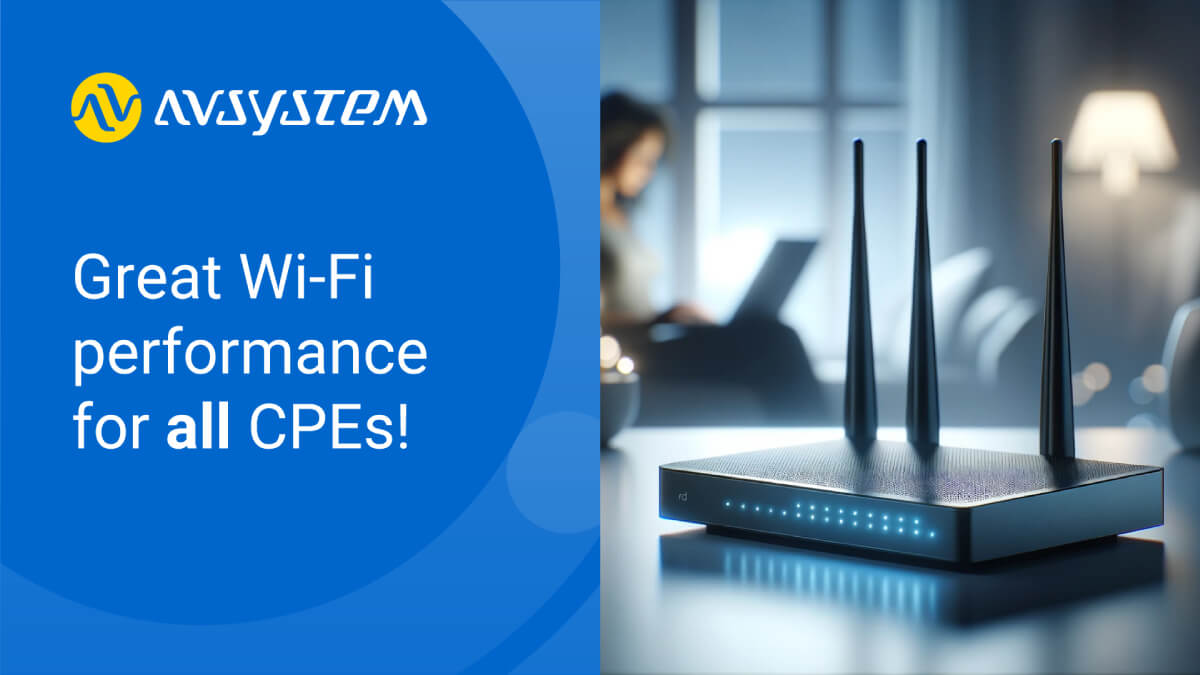IPv6 adoption and allocation policy, part 1

According to the IPv6 adoption statistics published by Google, the percentage of Internet users accessing their services over IPv6 reached in early December 2023 almost 45% at its peak. In the same period last year, this value was almost 42%, three years ago – 30%, while ten years ago it was barely around 2.5%. Although twenty-five years have passed since the RFC 2460 (i.e. the original specification of Internet Protocol, Version 6, subsequently obsoleted by RFC 8200 in 2017) was published, the number of IPv4 clients worldwide still outweighs the number of proponents of the new standard. On the other hand, it seems the transition has accelerated in recent years and the number of IPv6 users has grown steadily, which means Internet Service Providers and the industry are keen to roll out IPv6, hence the new era is slowly becoming a fact. In this article, we would like to take a closer look at the state of IPv6 adoption and the reasons behind it.
The inevitability of the IPv6 era
The popularity of the Internet surely exceeded the expectations of IPv4 standard authors. Even sophisticated techniques of reusing addresses such as Network Address Translation (NAT) cannot meet the constantly growing need for IP addresses, in particular considering the Internet of Things demands. Therefore the increased address space that enables easy, reliable, and secure end-to-end communication is simply inevitable in the world of connected devices and technologies. This is simultaneously the most obvious benefit and the driving force behind IPv6 adoption.
The IPv6 standard was however designed not only to provide more IP resources but also to improve some drawbacks of its successful predecessor. The new protocol incorporates optimization of transmission performance, security enhancements, facilitation of host configuration, and streamlined support for new technologies (including mobile and IoT devices), to name a few. For a comprehensive comparison of changes introduced to the IPv6 standard please refer to our previous article on the Internet Protocol: IPv4 vs IPv6: Is one better than the other?.
Discover our carrier-grade IPv4/IPv6 DHCP Server with essential IPAM features.
Another rationale behind IPv6 adoption is the lower cost of obtaining an address. Since the number of free IPv4 addresses is strictly limited, contrary to their version 6 counterparts, they are notably more expensive, which creates an incentive for the industry to speed up the IPv6 adoption process.
One may ask: why does it take so long to fully adopt the new standard? Despite its undisputed benefits, IPv6 lacks backward compatibility with its still extensively used predecessor. In other words, an IPv4-only Internet host is unable to communicate with its IPv6-only equivalent with no additional translation layer between versions of the Internet Protocol. This fact forces Internet Service Providers and the industry to maintain a dual-stack IPv4/IPv6 solution (e.g. 6in4 tunneling, 6to4 prefixing or its 6RD successor, NAT64 and DNS64 translation, or DS-Lite for IPv4 LAN and IPv6 ISP networks) to enable hosts on either network type to communicate with any other host.
Some people also point out that global IPv6 adoption is inherently associated with notable investments due to the necessity of hardware replacement and software upgrade to the new standard, hence the industry may still be skeptical about the migration due to the fear of revenue loss in case of customers switching to IPv4-compatible competitors. On the other hand, this argument becomes less and less important over time and remains valid only for the outdated network equipment which needs to be replaced soon either way.
Predecessor’s mistake
Besides the unexpected growth of the Internet popularity and wide adoption of mobile devices, one of the most frequently mentioned reasons for IPv4 address depletion is inefficient, or even a wasteful assignment policy. What’s more, comparing countries by the number of allocated IPv4 addresses one may easily notice a strong bias towards the United States.
Indeed, out of roughly 3.7 billion IPv4 addresses (please note although the IPv4 space includes more than 4.2 billion addresses, almost 600 million of them are not publicly routable), more than 1.5 billion are located in the US. So it turns out that only 60% of the whole public IPv4 address space is available to the rest of the world.
The next TOP 5 countries in terms of the number of allocated IPv4 addresses are
- People’s Republic of China (330 million addresses),
- Japan (202 million addresses),
- United Kingdom (123.5 million addresses),
- Germany (118 million addresses).
Despite having one of the largest populations in the world, the number of public IPv4 addresses per 1000 citizens reaches almost 5000 in the United States, which is far ahead of other countries (excluding Vatican City with one of the smallest populations in the world and relatively large number of assigned addresses). To compare, the value of the aforementioned factor for China is 245. Poland ranks 21st in terms of the number of assigned addresses with almost 19.5 million publicly routable addresses, which gives ca. 505 resources per 1000 inhabitants.
Contact us to discuss your network requirements.
To understand this phenomenon, we need to go back to the beginnings of the Internet, which is based on the foundations of ARPANET (Advanced Research Projects Agency Network) – a wide-area network established by the ARPA (Advanced Research Projects Agency) unit of the US DoD (United States Department of Defense) in cooperation with leading academic centers and large businesses. It was not originally envisaged to become a worldwide tool, but it is a genesis of American influence on the Internet. Furthermore, in the very beginnings of the Internet (until the wide adoption of the Classless Inter-Domain Routing (CIDR) method proposed in 1993) IP addresses were divided into five classes, denoted by consecutive letters A - E. Initially, class-A addresses, whose first (i.e. most significant) bit is set to 0 and compose the network identifier along with the next 7 bits, were intended for government and military agencies, strategic-level institutions, universities, and large multinational corporations. Since the Internet was not a global broadband network in the first half of the ‘90s decade, /8 blocks (/8 denotes the number of address bits intended for the network identifier, so-called CIDR notation) of more than 16.7 million IPs were at this time willingly assigned to the aforementioned institutions in the United States to be further distributed internally.
This is the story behind thirteen /8 blocks (more than 200 million IPs!), eleven of which are class-A addresses, held by the US DoD, as well as many other class-A blocks assigned to commercial organizations such as AT&T Services, Apple Inc., Ford Motor Company, etc. With the advent of CIDR and the possibility of reissuing the addresses in smaller blocks, this approach changed over time to mitigate the negative implications of appropriating a huge number of addresses by a single entity. However, /8 blocks remained the base unit of IP address allocation to regional registries. Several organizations, such as Stanford University and US DoD (partially), have decided to return large blocks of IPs, which delayed the IPv4 exhaustion. Many other entities such as IBM, Hewlett-Packard Company, and Massachusetts Institute of Technology (MIT) have reduced their IP resources, yet/8 blocks they previously held are still mostly managed by the American Registry for Internet Numbers (ARIN). 1 2
.png)
This marks the end of part 1 of the article. Come back to our blog next week, where we’ll delve into IPv6 assignment and allocation policy and discuss why the transition to a new protocol has been an evolution rather than a revolution.
Author: Bartłomiej Grochal
Programming since 2010, he started his AVSystem journey in 2018 as a Software Engineer of two greenfield products: BSAP and DHCP. His background in scientific research, experience in knowledge sharing, and openness proved him to be a great team player with an eye for detail and led to a transition towards a business-oriented role of the Product Owner of previously developed components. In his free time enjoys watching football, playing basketball, hiking, and cooking.
Recommended posts
- Understanding CPE Requirements for Optimizing Smart Wi-Fi Performance
- Why choose open standards for WiFi service assurance?
- Solving Key Challenges of Fritz!Box Users With Cloud ACS
Subscribe to stay in the loop with all our latest content:
Recommended posts



